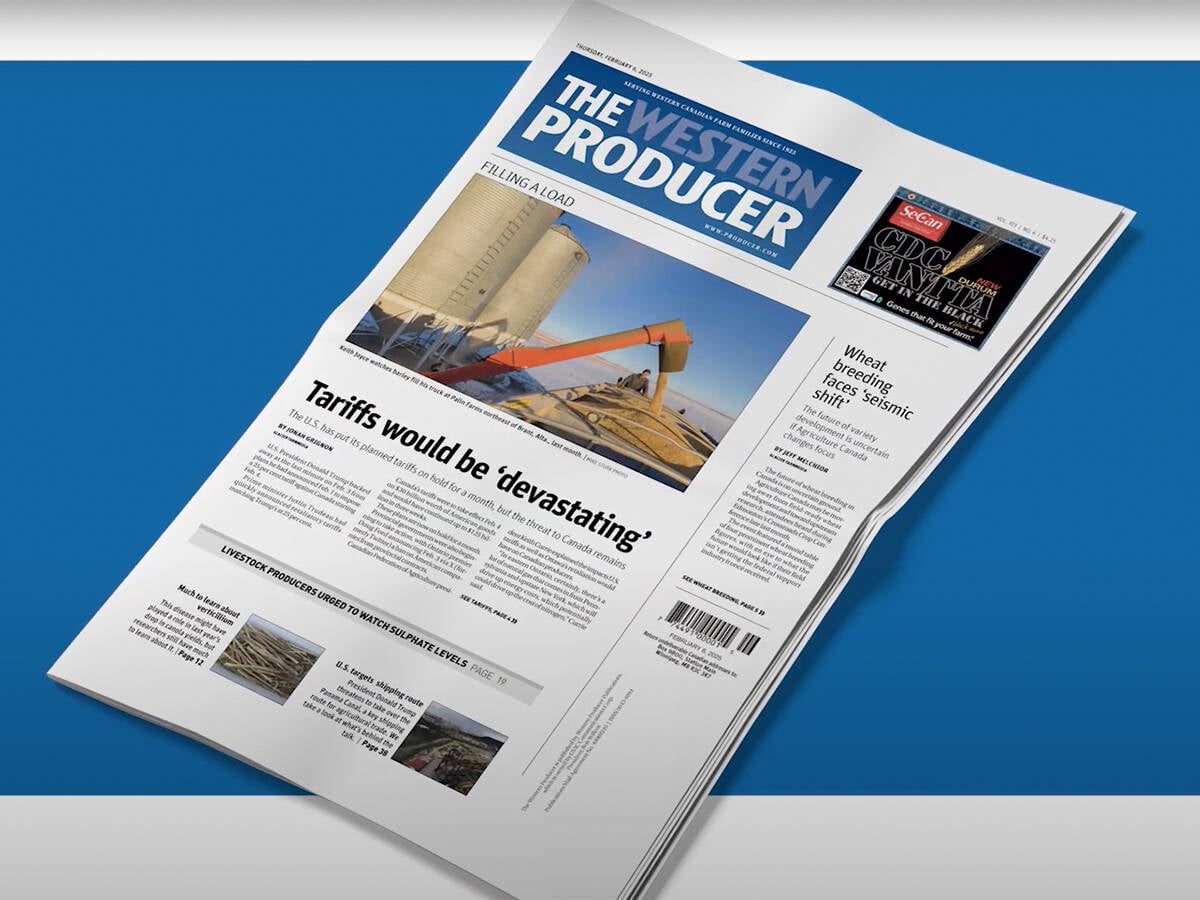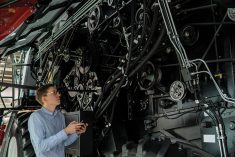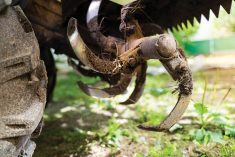As the new year rolls in, with a fresh year and a fresh outlook, now is the time to think about resolutions. From saving money for a big purchase, to dedicating more time to family, resolutions (even if they aren’t always kept) are a tool to think about change. The new year is a great opportunity to make a resolution to improve safety on the farm by developing and implementing a safety management system.
Of course, we all know that farmers can benefit significantly from working safely. Injuries can be devastating on a personal, family and farm level. Regardless of who is injured — the primary farmer, a family member, a child, a visitor or a worker — injuries cost dollars, productivity and, above all else, heartache.
There are three main components of developing and implementing a safety management system for any farming operation.
Read Also

Note to subscribers: Planting a new seed for Grainews
Grainews now moves into The Western Producer as part of the farm newspaper’s new Farm Work section, providing Western Canada’s grain growers with one place to get the news and information they need.
First, there is the “safety” component. This means identifying, communicating and controlling hazards on the farm, creating safe work procedures for hazardous tasks and training workers. By addressing hazards, creating safe work procedures and implementing a training system, family, workers and visitors will be less likely to be injured.
Second is the “maintenance” component. This means making sure machinery, equipment, buildings, tools and roads/approaches are inspected, repaired and in overall good maintenance. Often overlooked when implementing a safety management system is the creation of an inspection and maintenance schedule. Regular inspections (and in some cases before each use) and maintenance that follow best practices and manufacturer recommendations improve safety and productivity.
Third is the safety “compliance” component. In most provinces, occupational health and safety officers have the right to enter and inspect farms without prior notice. A non-compliance issue could result in an improvement order, stop-work order, or even fines in some cases. Work activity is not allowed to continue until the issue is corrected and the order is lifted. Keeping in mind compliance when developing and implementing a safety management system can save both time and money in the long run.
It’s not “free” to develop a safety management system. It does cost time, effort and, in some cases, money to make sure that safety, maintenance and compliance are all addressed. However, the cost is more than made up through less injuries, better productivity and more profit. This new year, give yourself, your farm, your family and your workers the gift of a safe and productive farming operation.
For more information about farm safety visit casa-acsa.ca.














